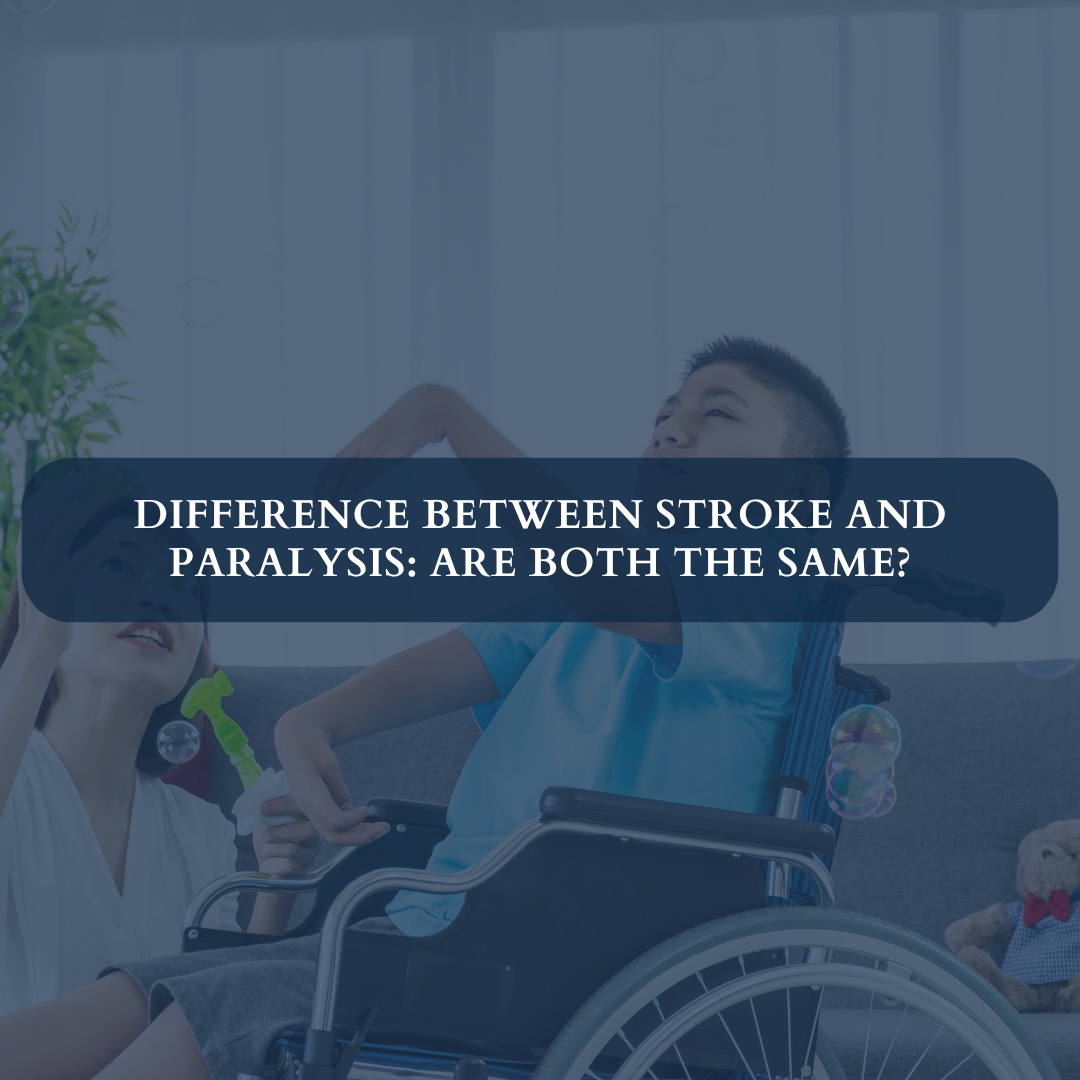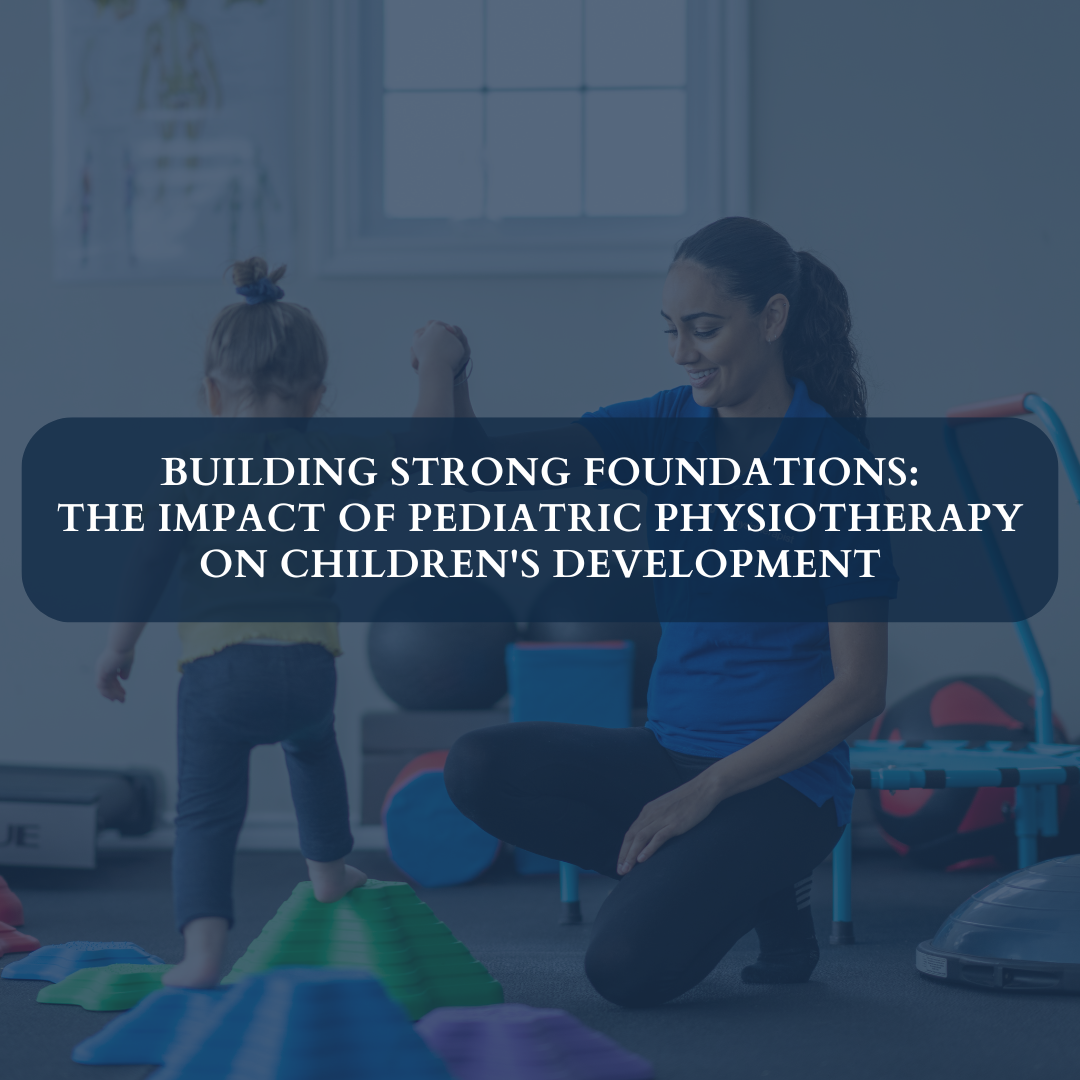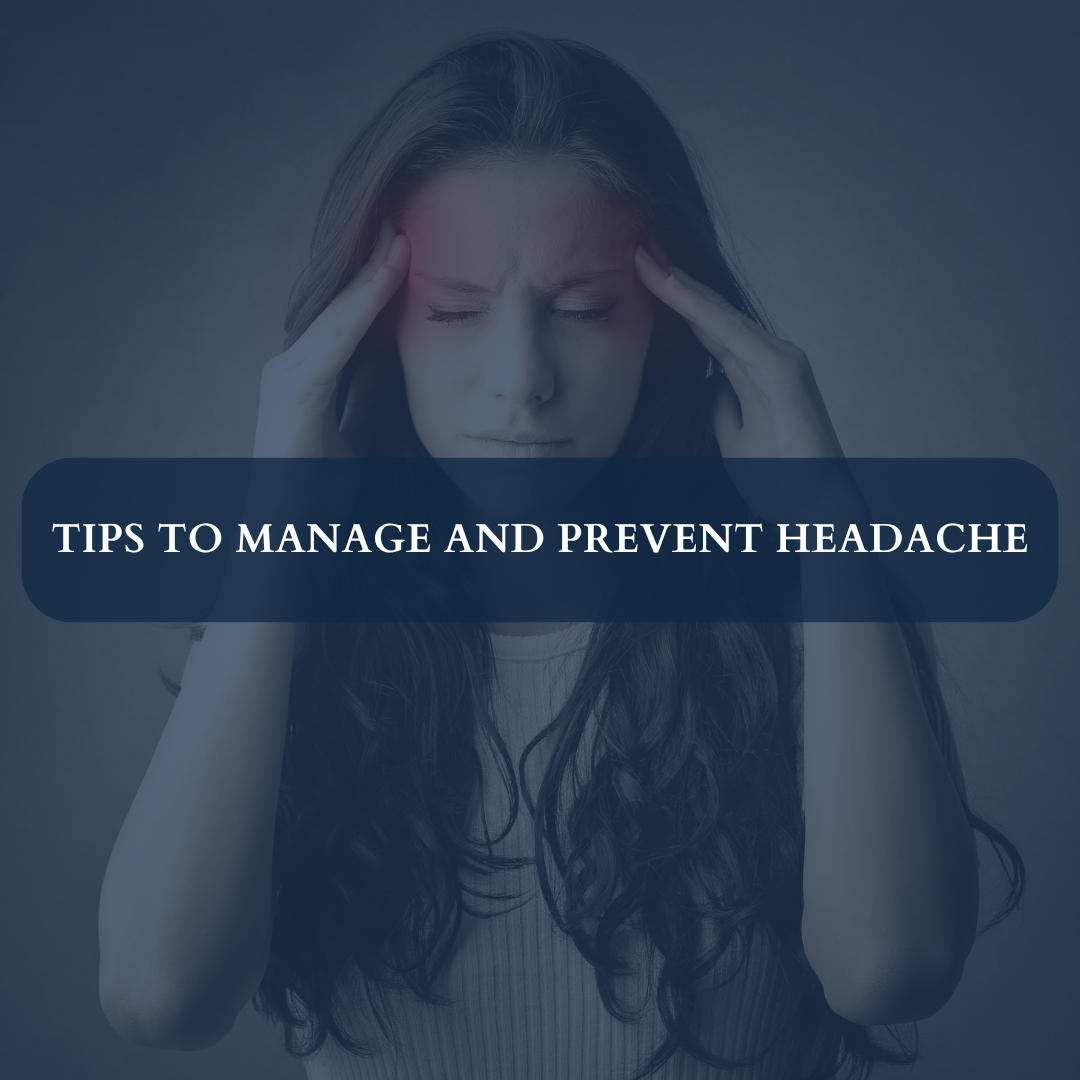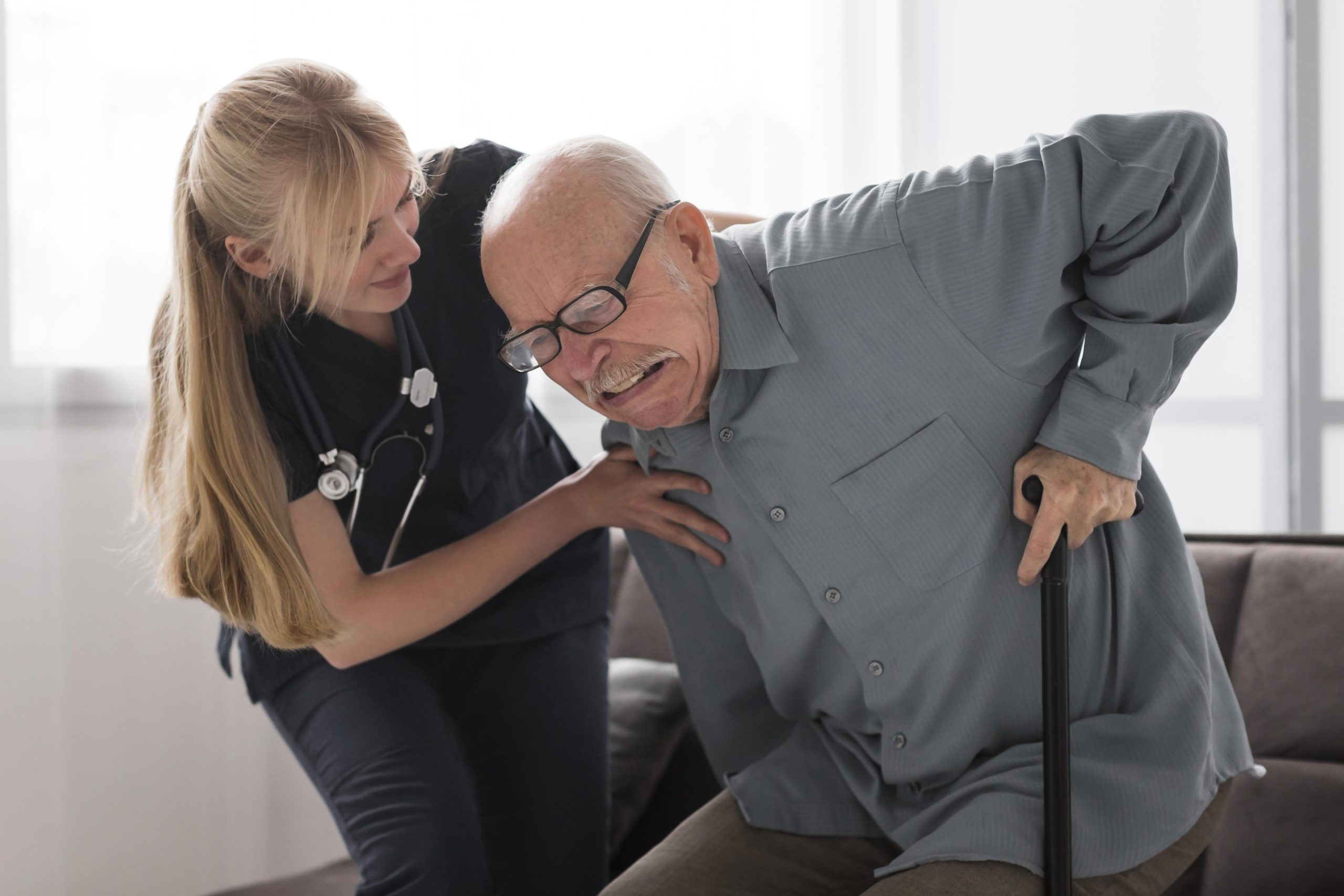Understanding medical terms can be daunting, especially when they are often used interchangeably. One such example is the confusion between stroke and paralysis. Both conditions significantly impact a person’s life, yet they are not the same. This article aims to clarify the differences, delve into their causes, symptoms, and treatments, and ultimately, help you understand these critical health issues better.
What is a Stroke?
A stroke occurs when the blood supply to part of the brain is interrupted or reduced, preventing brain tissue from getting enough oxygen and nutrients. Within minutes, brain cells begin to die. Strokes are medical emergencies that require prompt treatment to minimize brain damage and potential complications.
Types of Stroke
There are two main types of strokes:
- Ischemic Stroke: This is the most common type, accounting for about 87% of all strokes. It happens when a blood clot blocks or narrows an artery leading to the brain.
- Hemorrhagic Stroke: This type occurs when a blood vessel in the brain bursts, leading to bleeding in or around the brain.
Symptoms of Stroke
Recognizing the symptoms of a stroke can save lives. Key symptoms include:
- Sudden numbness or weakness in the face, arm, or leg, especially on one side of the body.
- Sudden confusion, trouble speaking, or difficulty understanding speech.
- Sudden trouble seeing in one or both eyes.
- Sudden trouble walking, dizziness, loss of balance, or lack of coordination.
- Sudden severe headache with no known cause.
What is Paralysis?
Paralysis is the loss of muscle function in part of your body. It happens when something goes wrong with the way messages pass between your brain and muscles. Paralysis can be partial or complete, temporary or permanent. It can affect any part of the body at any time in a person’s life.
Types of Paralysis
Paralysis can be classified based on the location and extent of the loss of function:
- Monoplegia: Paralysis of one limb.
- Hemiplegia: Paralysis of one side of the body.
- Paraplegia: Paralysis of both legs.
- Quadriplegia: Paralysis of both arms and both legs.
Causes of Paralysis
Paralysis can be caused by various factors, including:
- Stroke
- Spinal cord injury
- Multiple sclerosis
- Cerebral palsy
- Traumatic brain injury
- Neurodegenerative diseases
Stroke vs. Paralysis: The Key Differences
While strokes and paralysis can be interconnected, understanding their differences is crucial:
- Cause: A stroke is a specific medical event that disrupts blood flow to the brain, whereas paralysis is a condition resulting from various possible causes, including but not limited to strokes.
- Symptoms: A stroke presents with specific acute symptoms like sudden numbness, confusion, and severe headache. Paralysis, however, primarily refers to the loss of muscle function.
- Treatment: Immediate medical intervention is critical in a stroke to restore blood flow to the brain. In contrast, treatment for paralysis focuses on rehabilitation and managing underlying causes.
- Prognosis: The prognosis for a stroke depends on the severity and promptness of treatment. Paralysis prognosis varies greatly depending on its cause and severity.
Causes and Risk Factors of Stroke
Understanding the risk factors for stroke can aid in prevention:
Non-modifiable Risk Factors
- Age: Risk increases with age.
- Gender: Men are at higher risk, but women tend to have strokes at older ages.
- Family History: A family history of stroke increases risk.
- Ethnicity: African Americans and Hispanics are at higher risk.
Modifiable Risk Factors
- Hypertension: High blood pressure is the leading cause of stroke.
- Smoking: Smoking significantly increases stroke risk.
- Diabetes: Managing diabetes is crucial to reducing risk.
- High Cholesterol: High levels of cholesterol can lead to blocked arteries.
- Obesity: Maintaining a healthy weight helps reduce risk.
- Physical Inactivity: Regular exercise is vital for stroke prevention.
Symptoms and Diagnosis of Paralysis
Paralysis symptoms can vary widely based on the cause and location of the injury or illness. Common symptoms include:
- Inability to move part of the body.
- Numbness or tingling.
- Muscle weakness.
- Loss of sensation.
- Difficulty with coordination and balance.
Diagnosing Paralysis
Diagnosing paralysis involves a comprehensive medical history and a variety of diagnostic tests such as:
- Neurological Examination: Assessing muscle strength, reflexes, and coordination.
- Imaging Tests: MRI, CT scans to look for brain or spinal cord damage.
- Electromyography (EMG): Measures the electrical activity of muscles.
- Blood Tests: To identify underlying conditions like infections or autoimmune diseases.
Treatment Options for Stroke
Timely treatment can save lives and improve recovery chances in stroke patients:
Immediate Treatments
- Clot-Busting Drugs: For ischemic stroke, drugs like tPA can dissolve clots.
- Endovascular Procedures: Mechanical thrombectomy to remove the clot.
Post-Stroke Rehabilitation
- Physical Therapy: To regain strength and coordination.
- Occupational Therapy: To help with daily activities.
- Speech Therapy: To address communication issues.
- Support Groups: Emotional and psychological support.
Treatment Options for Paralysis
Treatment for paralysis focuses on rehabilitation and maximizing independence:
Medical Treatments
- Medications: To manage pain and spasticity.
- Surgery: To address underlying issues like spinal cord compression.
Rehabilitation
- Physical Therapy: Strengthening muscles and improving mobility.
- Occupational Therapy: Enhancing daily living skills.
- Assistive Devices: Wheelchairs, braces, and adaptive equipment.
Living with Stroke and Paralysis
Living with stroke or paralysis requires adjustments and support. Here are some tips:
For Stroke Survivors
- Healthy Lifestyle: Diet, exercise, and avoiding smoking.
- Regular Check-ups: Monitoring health and preventing recurrence.
- Emotional Support: Counseling and support groups.
For Individuals with Paralysis
- Adapted Living Spaces: Making homes accessible.
- Assistive Technology: Devices to aid daily activities.
- Community Resources: Accessing support services.
Prevention Strategies for Stroke and Paralysis
While not all strokes and cases of paralysis can be prevented, many can be avoided through lifestyle changes and medical interventions:
Preventing Stroke
- Control Blood Pressure: Regularly monitor and manage hypertension.
- Maintain Healthy Cholesterol Levels: Through diet and medication.
- Exercise Regularly: At least 30 minutes of moderate activity most days.
- Healthy Diet: Rich in fruits, vegetables, and whole grains.
- Avoid Smoking: Quit smoking to significantly reduce risk.
- Limit Alcohol: Moderate alcohol consumption.
Preventing Paralysis
- Safety Measures: Wearing seatbelts and helmets to prevent injuries.
- Healthy Lifestyle: Reducing risk factors like diabetes and hypertension.
- Regular Check-ups: Managing chronic conditions effectively.
Also Read
From Paralysis To Power: A Journey Of Unstoppable Resilience
Conclusion
Understanding the differences between stroke and paralysis is crucial for effective prevention, timely treatment, and proper management. While strokes can lead to paralysis, they are distinct conditions with unique causes, symptoms, and treatments. By adopting healthy lifestyles, managing risk factors, and seeking prompt medical care, the impact of these life-altering conditions can be significantly reduced. Stay informed, stay healthy, and prioritize your well-being to lead a fulfilling life despite the challenges posed by stroke and paralysis.
Ready to explore your options for chiropractic and physiotherapy? Contact SwastyaPhysio today to schedule a consultation and discover the best path to your wellness journey. We’re here to support your health every step of the way.
Banaswadi | HBR layout | Kalyan Nagar | Kammanahalli | Horamavu | Hennur






